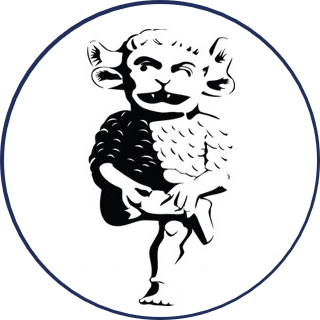
Testicular cancer is a rare form of the disease but is unique as it occurs most commonly amongst young to middle-aged men. Despite there only being 2,065 new cases registered in the UK in 2006, around half of al cases occur in men under the age of 35. Aside from this, it is also the most common cancer in men aged between 15 and 24 years-old.
Worryingly, the incident rate is rising, particularly in white Caucasian populations across the world. This dramatic increase in case of this form of cancer has provoked extensive research into its cause, but there have been no preventable factors found so far, although both environmental and genetic factors are thought most likely to be the cause.
On a more positive note, since the 1970s, thanks to a modern breakthrough in medicine, the latest cure rates have risen to over 95 per cent. This is a result of the introduction of platinum-based chemotherapy which has helped 80 per cent of suffers of one kind of the illness, metastatic (solid) testicular cancer, survive apposed to only five per cent before 1970.
The fact that testicular cancers are curable in the majority of cases makes it even more important for young men to keep an eye on their testicles. The most common symptom of a germ-cell tumour is a painless lump on, or swelling of, the testicle. More warning signs can be enlargement of a testicle, an increase in its firmness, pain in a testicle, an unusual difference between one testicle and the other or an ache in the lower stomach or groin and heaviness in the scrotum. In advanced cases, symptoms can progress to breast tenderness, back pain, shortness of breath and coughing up blood.
Now you know the symptoms make sure you don’t shy away from testicular cancer and check yourself regularly for any of the signs.
* Information obtained from Cancer Reaserch
